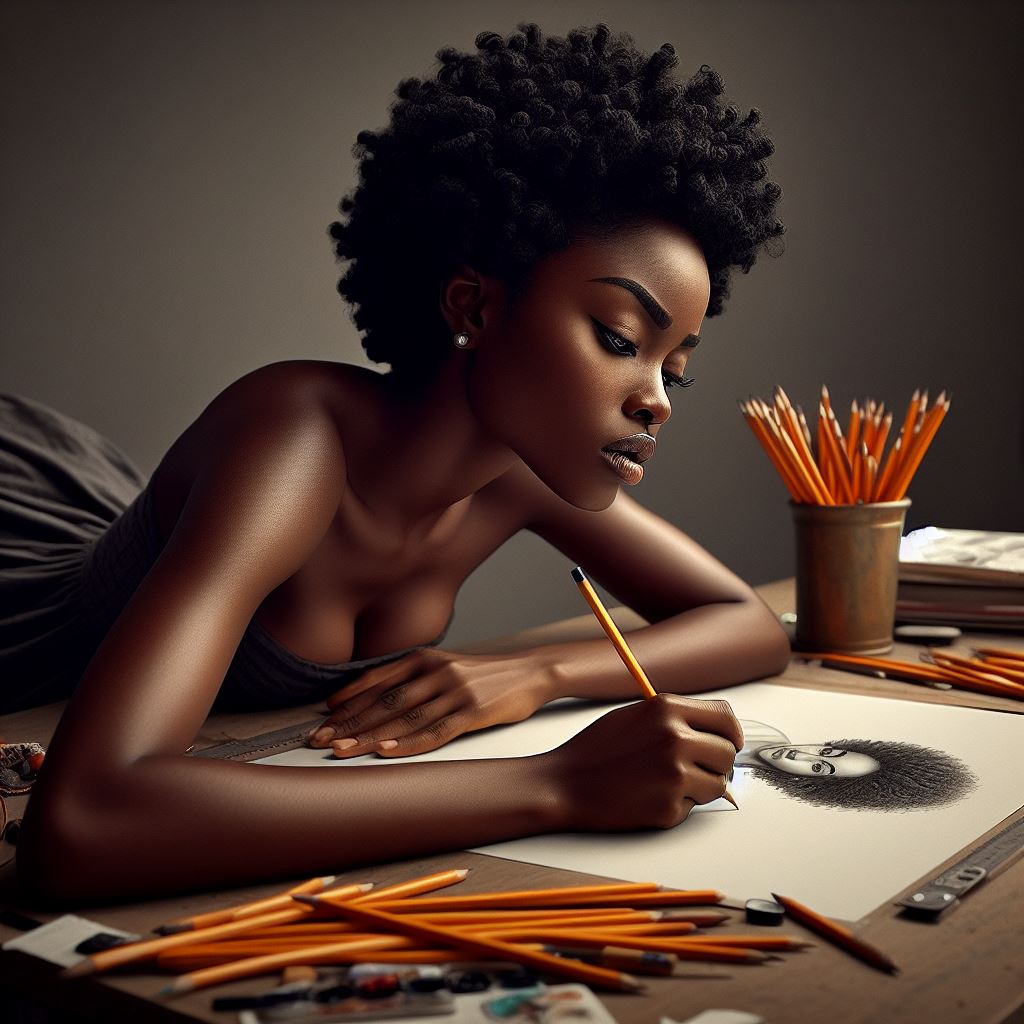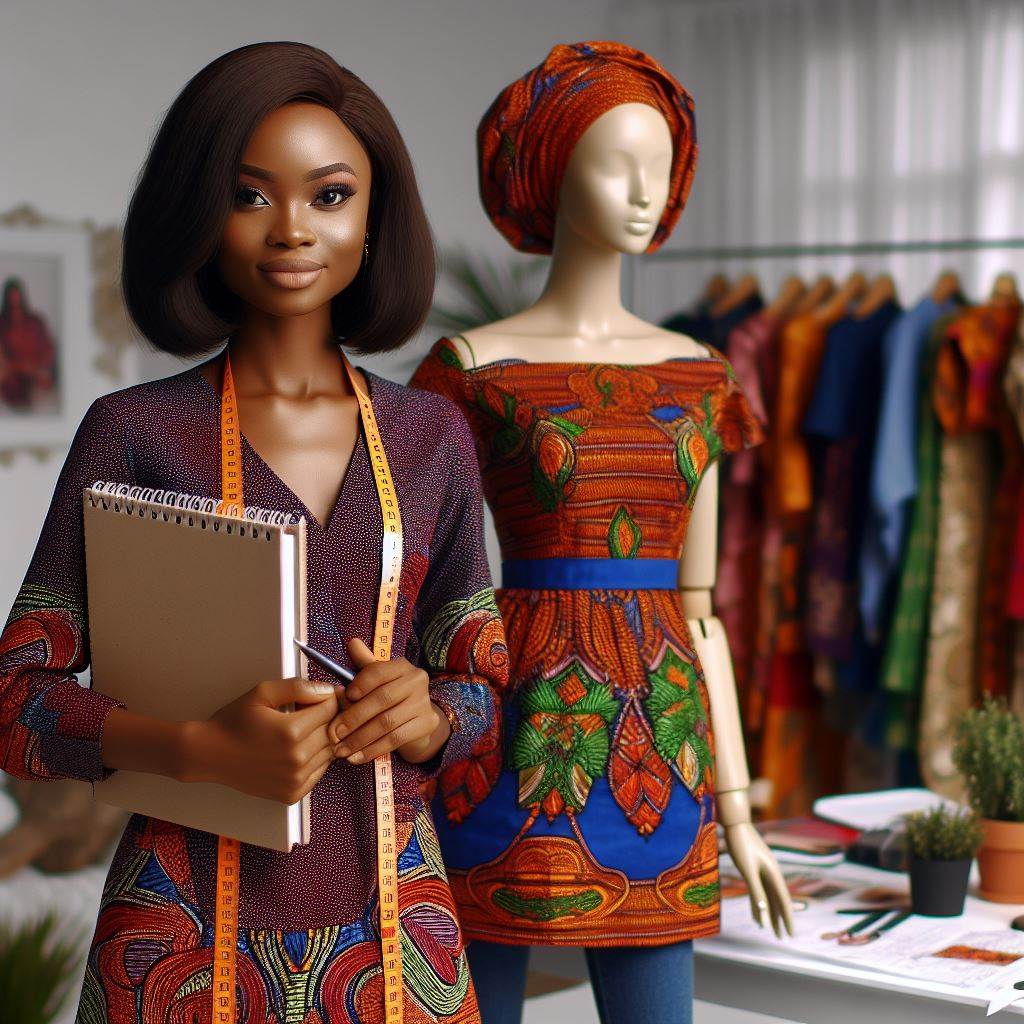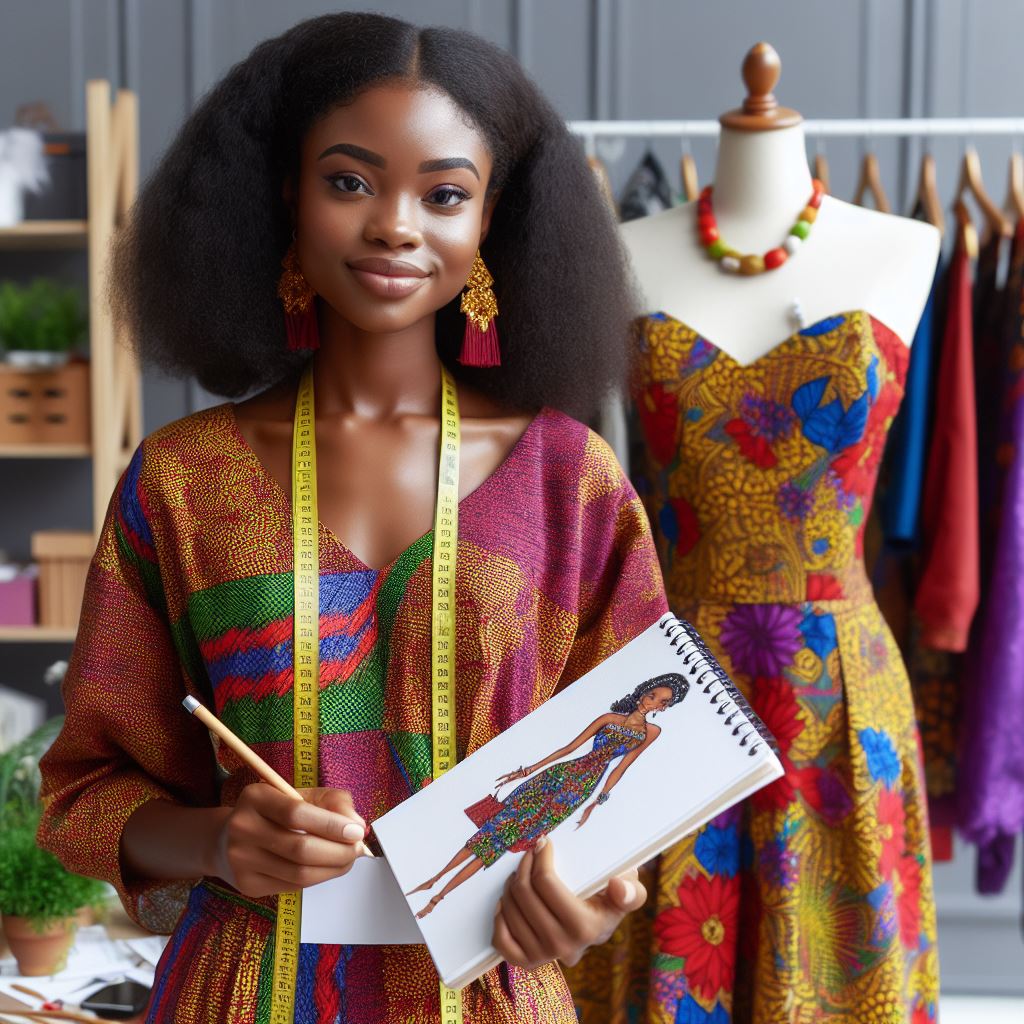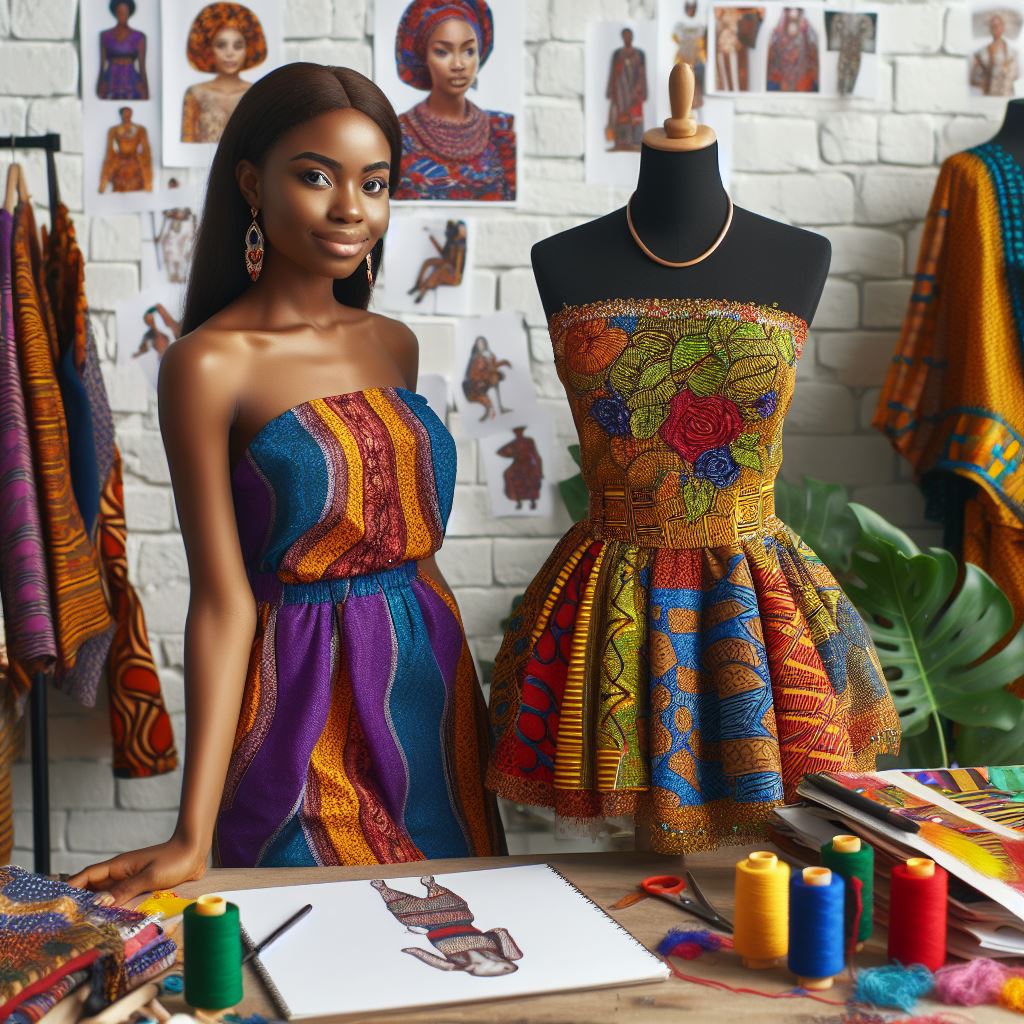Introduction
Art galleries play a vital role in showcasing Nigerian talent, promoting, and preserving the rich cultural heritage of the country. These galleries also help Nigerian artists gain recognition on the global stage.
Nike Art Gallery
Located in Lagos, Nike Art Gallery is one of Nigeria’s top art destinations, known for its extensive collection of traditional and contemporary Nigerian art.
Omenka Gallery
Situated in Lagos, Omenka Gallery focuses on promoting modern and contemporary art by Nigerian and African artists, providing a platform for their voices to be heard.
Thought Pyramid Art Centre
Located in Abuja, Thought Pyramid Art Centre is a hub for Nigerian artists to exhibit their works and engage in discussions about art and culture.
Terra Kulture
Based in Lagos, Terra Kulture is a cultural center and art gallery that showcases Nigerian art, music, dance, and theatre, providing a holistic cultural experience.
Rele Gallery
With locations in Lagos and Dubai, Rele Gallery is a contemporary art space that supports emerging Nigerian artists and showcases innovative and thought-provoking works.
Generally, these top art galleries in Nigeria have played a crucial role in promoting and celebrating the diverse talents of Nigerian artists both locally and internationally.
They continue to be important platforms for the growth and recognition of Nigerian art on the global stage.
The Role of Art Galleries in Nigerian Art Scene
The Significance of Art Galleries as Platforms for Showcasing Nigerian Talent
Art galleries serve as vital platforms for showcasing Nigerian talent, playing a crucial role in promoting cultural expression and artistic innovation within the country.
These spaces provide a central hub where artists can share their creations with a diverse audience, contributing to the rich tapestry of Nigeria’s artistic landscape.
Art Galleries Provide a Space for Artists to Exhibit Their Works and Connect with Art Lovers
Art galleries offer a physical space where artists can exhibit their works, allowing them to connect with art enthusiasts, collectors, and curators.
Through carefully curated exhibitions and events, galleries create environments that encourage dialogue, appreciation, and critical reflection on Nigerian art.
This interaction between artists and viewers fosters a deeper understanding and appreciation of the artistic process and the cultural context in which it is created.
The Role of Art Galleries in Fostering Creativity and Innovation in the Nigerian Art Scene
Moreover, art galleries play a pivotal role in fostering creativity and innovation within the Nigerian art scene.
By providing opportunities for artists to showcase their works, galleries inspire experimentation, exploration, and the pushing of artistic boundaries.
This environment of creative exchange and collaboration encourages artists to take risks, explore new techniques, and challenge conventional notions of art.
Additionally, galleries serve as important hubs for networking and collaboration within the artistic community.
Through exhibitions, artist talks, and other events, galleries facilitate connections between artists, collectors, curators, and art enthusiasts, fostering a sense of community and shared purpose.
Overall, art galleries serve as dynamic and multifaceted spaces that play a vital role in nurturing and showcasing Nigerian talent.
By providing a platform for artists to exhibit their works, connect with audiences, and engage in creative dialogue, galleries contribute to the vibrancy and richness of the Nigerian art scene.
Read: Famous Nigerian Alumni of Communication Arts Programs
Top Art Galleries in Nigeria
List of Top Art Galleries in Nigeria Known for Showcasing Nigerian Talent
- Nike Art Gallery: Nike Art Gallery, founded by Chief (Mrs.) Nike Okundaye, is one of Nigeria’s largest and most renowned art galleries. Located in Lagos, it boasts a vast collection of traditional and contemporary Nigerian art, including paintings, sculptures, textiles, and artifacts.
- Rele Gallery: Rele Gallery, situated in Lagos, is a contemporary art space dedicated to promoting emerging and established Nigerian artists. With a focus on innovative and thought-provoking works, Rele Gallery aims to foster creativity, dialogue, and cultural exchange.
- Terra Kulture: Terra Kulture, based in Lagos, is a cultural hub that celebrates Nigerian art, literature, and cuisine. The gallery showcases a diverse range of artworks, including paintings, sculptures, and mixed-media installations, reflecting the richness and diversity of Nigerian culture.
- Omenka Gallery: Omenka Gallery, located in Lagos, is renowned for its commitment to promoting contemporary African art. Founded by Oliver Enwonwu, the gallery features works by both emerging and established artists, with a focus on pushing artistic boundaries and exploring new creative territories.
- Thought Pyramid Art Centre: Thought Pyramid Art Centre, situated in Abuja, is a leading cultural institution dedicated to showcasing Nigerian and African art. The gallery hosts regular exhibitions, workshops, and artist residencies, providing a platform for artistic experimentation and innovation.
Include Brief Descriptions of Each Gallery, Their History, Mission, and the Type of Artworks They Exhibit
- Nike Art Gallery: Founded in 2008 by Chief (Mrs.) Nike Okundaye, Nike Art Gallery is committed to preserving and promoting Nigerian art and culture. The gallery features a diverse range of artworks, including traditional Nigerian textiles, beadwork, and paintings.
- Rele Gallery: Established in 2010 by Adenrele Sonariwo, Rele Gallery aims to showcase contemporary Nigerian art and provide a platform for emerging artists to exhibit their works. The gallery’s mission is to foster creativity, innovation, and cultural exchange through art.
- Terra Kulture: Bolanle Austen-Peters founded Terra Kulture in 2003. It dedicates itself to promoting Nigerian art, literature, and cuisine. The gallery serves as a cultural hub. It showcases paintings, sculptures, and mixed-media installations. These artworks reflect Nigerian culture’s diversity and vibrancy.
- Omenka Gallery: Oliver Enwonwu founded Omenka Gallery in 2003. It commits to promoting contemporary African art. The gallery provides a platform for artists. It showcases paintings, sculptures, and multimedia installations. These artworks highlight African artistic richness.
- Thought Pyramid Art Centre: Established in 2008 by Hamza Atta, Thought Pyramid Art Centre is dedicated to promoting Nigerian and African art and providing a platform for artistic experimentation and innovation. The gallery hosts regular exhibitions, workshops, and artist residencies, fostering dialogue and collaboration within the artistic community.
Mention Any Notable Nigerian Artists Who Have Exhibited at These Galleries
- Nike Art Gallery has featured works by renowned Nigerian artists such as Bruce Onobrakpeya, Ben Enwonwu, and Twins Seven-Seven.
- Rele Gallery has showcased works by prominent Nigerian artists including Ndidi Emefiele, Victor Ehikhamenor, and Lakin Ogunbanwo.
- Terra Kulture has exhibited artworks by notable Nigerian artists such as Yusuf Grillo, Chinwe Uwatse, and Kolade Oshinowo.
- Omenka Gallery has presented works by acclaimed Nigerian artists including Nnenna Okore, Peju Alatise, and Emeka Udemba.
- Thought Pyramid Art Centre has hosted exhibitions by distinguished Nigerian artists such as El Anatsui, Ndidi Dike, and Sokari Douglas Camp.
Read: Digital Media Trends in Communication Arts
Artistic Diversity in Nigerian Art
The Diversity of Artistic Styles and Mediums Found in Nigerian Art
Nigerian art boasts a rich tapestry of diverse styles, mediums, and techniques, reflecting the country’s vibrant cultural heritage and dynamic artistic landscape.
From traditional forms such as sculpture, pottery, and weaving to contemporary expressions in painting, photography, and digital art, Nigerian artists embrace a wide range of artistic mediums to convey their ideas and perspectives.
Nigerian Artists Draw Inspiration from Their Cultural Heritage, History, and Contemporary Issues
Nigerian artists draw inspiration from a myriad of sources, including their cultural heritage, history, and contemporary socio-political issues.
Traditional motifs, symbols, and rituals are often reinterpreted and integrated into contemporary artworks, serving as a link between the past and the present.
Historical events, societal norms, and global trends also influence artistic expressions, sparking conversations and reflections on pressing issues such as identity, migration, and environmental sustainability.
Showcase Examples of Different Art Forms and Techniques Used by Nigerian Artists
Nigerian artists employ a diverse range of art forms and techniques to express their creativity and explore their artistic visions.
Traditional techniques such as wood carving, bronze casting, and textile weaving coexist with modern practices such as acrylic painting, mixed-media collage, and digital illustration.
Sculptors carve intricate patterns and figures from wood and metal, while painters use bold colors and expressive brushstrokes to convey emotion and narrative.
Photographers capture candid moments and landscapes, while digital artists experiment with new technologies to create immersive experiences.
In the realm of contemporary art, Nigerian artists push the boundaries of traditional mediums and embrace interdisciplinary approaches to art-making.
Installation art, performance art, and video art offer new avenues for artistic expression, allowing artists to engage with space, time, and the viewer in innovative ways.
Mixed-media artists combine various materials and techniques to create textured and multi-layered artworks that challenge perceptions and provoke thought.
Overall, the diversity of artistic styles and mediums found in Nigerian art reflects the country’s complex history, cultural heritage, and contemporary realities.
Nigerian artists continue to push artistic boundaries, experiment with new techniques, and engage with pressing social issues, ensuring that the Nigerian art scene remains dynamic, relevant, and globally significant.
Read: Communication Arts: Job Prospects and Salaries
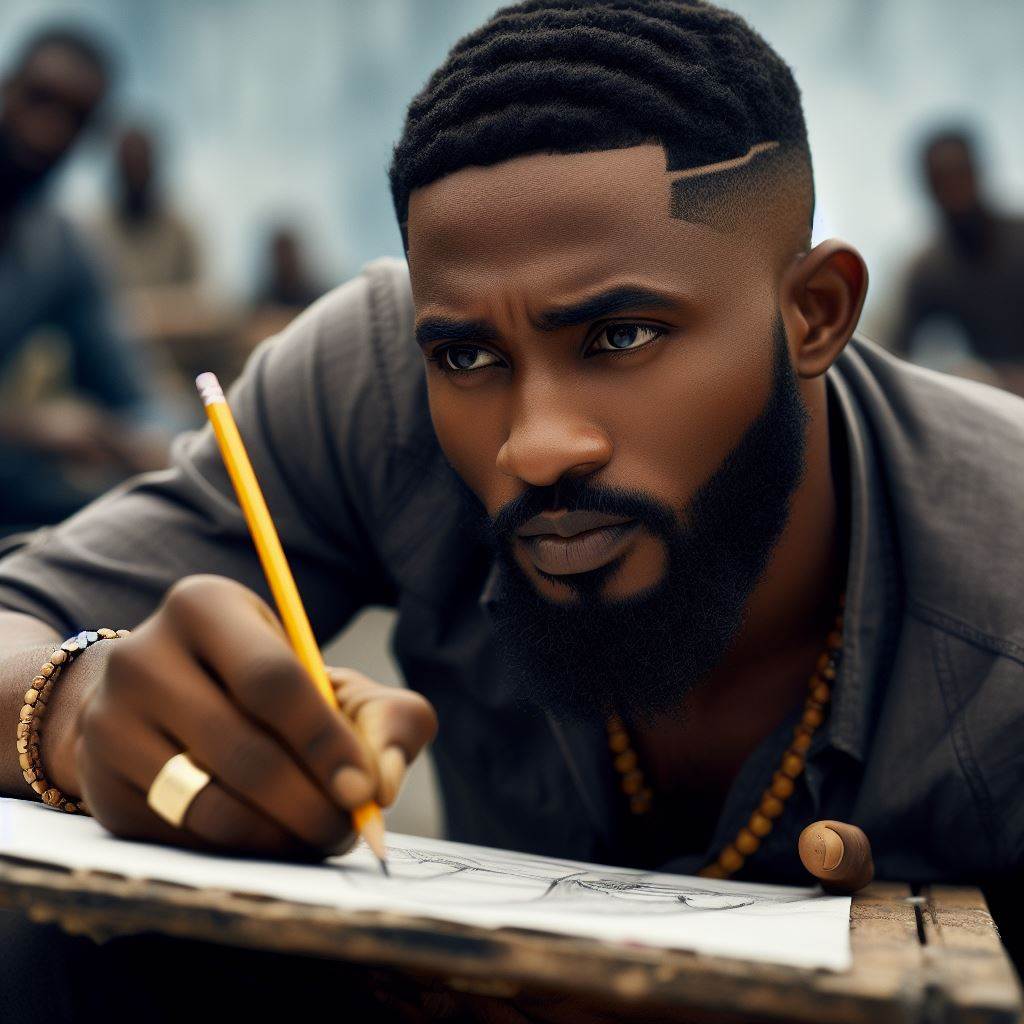
Emerging Trends in Nigerian Contemporary Art
The Latest Trends in Nigerian Contemporary Art and How Artists are Pushing Boundaries
Nigeria’s contemporary art scene pulsates with innovation, mirroring the nation’s dynamic spirit.
Artists here are not just creators; they are cultural provocateurs.
From bustling urban centers to serene villages, Nigerian artists are weaving narratives that transcend boundaries.
In Lagos, the bustling heart of Nigeria’s art world, galleries serve as portals into the country’s rich tapestry of expression.
They’re more than mere spaces; they’re sanctuaries for dialogue, dissent, and celebration.
With each stroke of paint or sculpted form, artists challenge perceptions, ignite conversations, and evoke emotions.
One such space is the Nike Art Gallery, an expansive haven in Lekki dedicated to showcasing Nigeria’s diverse artistic heritage.
Here, visitors encounter a kaleidoscope of styles, from traditional to avant-garde, each piece resonating with the rhythm of contemporary Nigeria.
Step into the Omenka Gallery, and you’re greeted by a symphony of voices echoing through canvases and sculptures.
This hub of artistic exploration thrives on pushing boundaries, daring viewers to confront uncomfortable truths and embrace newfound perspectives.
Nigerian Artists are Addressing Social, Political, and Environmental Issues through Their Art
Nigerian artists are not content with mere aesthetic indulgence; they’re agents of change.
Through their art, they tackle pressing social, political, and environmental issues with unflinching honesty.
Themes of identity, inequality, and resilience reverberate through their work, challenging viewers to confront realities often overlooked.
In the hands of these artists, traditional mediums are transformed into vehicles of expression.
Paintings morph into powerful statements, sculptures breathe life into forgotten narratives, and installations serve as poignant reminders of the world’s complexities.
But it’s not just about what’s familiar; it’s about what’s innovative.
Nigerian artists are at the vanguard of experimentation, harnessing new techniques and mediums to amplify their voices.
Mixed media, digital art, and performance are not novelties here; they’re integral tools in the artist’s arsenal.
Take, for instance, the work of Peju Alatise, whose ethereal sculptures transcend the boundaries of time and space, inviting viewers into a realm of introspection and wonder.
Or delve into the world of Victor Ehikhamenor, whose intricate installations challenge perceptions of identity and belonging.
Innovative Techniques and Mediums Being Used in Contemporary Nigerian Art
In the hands of these artists, traditional mediums are transformed into vehicles of expression.
Nigerian artists are at the vanguard of experimentation, harnessing new techniques and mediums to amplify their voices.
Mixed media, digital art, and performance are not novelties here; they’re integral tools in the artist’s arsenal.
Take, for instance, the work of Peju Alatise, whose ethereal sculptures transcend the boundaries of time and space, inviting viewers into a realm of introspection and wonder.
Or delve into the world of Victor Ehikhamenor, whose intricate installations challenge perceptions of identity and belonging.
As Nigeria grapples with the complexities of modernity, its artists stand at the forefront, capturing the zeitgeist with unparalleled fervor.
Through their art, they navigate the intricate tapestry of Nigerian society, weaving threads of hope, resilience, and transformation.
In galleries across the country, a renaissance is underway—a reimagining of Nigeria’s artistic landscape that transcends borders and defies conventions.
It’s a testament to the power of art to inspire, provoke, and unite—a vibrant tapestry of expression that invites us all to take part in the conversation.
Read: Internship Opportunities for Communication Arts Students
Impact of Nigerian Art Galleries on the Global Stag
The Role of Nigerian Art Galleries in Promoting Nigerian Talent Internationally
Nigerian art galleries serve as vital conduits, channeling the vibrant creativity of Nigerian artists onto the global stage.
These spaces are more than mere showcases; they’re catalysts for cross-cultural dialogue and appreciation.
With strategic curation and innovative exhibitions, Nigerian galleries offer international audiences a glimpse into the richness of Nigerian artistic expression.
From the bustling streets of Lagos to the serene galleries of Abuja, these spaces provide platforms for emerging and established artists to showcase their work to a global audience.
Nigerian art galleries act as vital conduits, channeling the vibrant creativity of Nigerian artists globally.
They’re not just showcases but catalysts for cross-cultural dialogue. With strategic curation and innovative exhibitions, they offer international audiences insight into Nigerian artistic expression.
From Lagos’ bustling streets to Abuja’s serene galleries, they provide platforms for artists.
Through collaborations and participation in art fairs, Nigerian galleries promote talent globally, fostering artistic exchange.
The Opportunities and Challenges Nigerian Artists Face in Gaining Recognition on the Global Art Scene
While Nigerian artists possess immense talent and creativity, they often encounter unique challenges on their journey to global recognition.
Limited access to resources, including materials, funding, and educational opportunities, can hinder artistic development and visibility.
Additionally, navigating the complexities of the global art market, with its hierarchies and gatekeepers, requires resilience and strategic maneuvering.
Despite these challenges, Nigerian artists are increasingly leveraging digital platforms and social media to amplify their voices and connect with a global audience.
Collaborations with international galleries and curators also present opportunities for exposure and growth, allowing Nigerian artists to showcase their work on prestigious stages around the world.
Success Stories of Nigerian Artists Who Have Gained International Acclaim through Art Galleries
Despite the obstacles they face, Nigerian artists have made significant strides on the global art scene, garnering international acclaim and recognition.
One such success story is that of Njideka Akunyili Crosby, whose bold and intricately layered paintings have captivated audiences worldwide.
In 2003, Bolanle Austen-Peters founded Terra Kulture. The center is dedicated to promoting Nigerian art, literature, and cuisine.
Terra Kulture serves as a cultural hub. It showcases paintings, sculptures, and mixed-media installations.
These artworks reflect the diversity and vibrancy of Nigerian culture.
Similarly, the work of El Anatsui, known for his monumental metal sculptures, has been featured in prestigious museums and biennials across the globe, earning him widespread acclaim and accolades.
These success stories serve as inspiration for aspiring Nigerian artists, demonstrating that talent, perseverance, and strategic partnerships can lead to international recognition and impact.
Therefore, Nigerian art galleries play a pivotal role in promoting Nigerian talent on the global stage, providing platforms for artists to showcase their work and connect with international audiences.
Despite the challenges they face, Nigerian artists continue to break barriers and make their mark on the global art scene, enriching cultural exchange and dialogue in the process.
Conclusion
Lastly, top art galleries stand as beacons of Nigerian talent, illuminating the rich tapestry of creativity flourishing within the nation.
These galleries serve not only as spaces for exhibition but as vital hubs for cultural exchange, where the voices of Nigerian artists resonate across borders.
Emphasizing the importance of supporting and promoting Nigerian artists and galleries cannot be overstated.
By investing in their work and providing avenues for exposure, we not only celebrate their creativity but also contribute to the cultural and economic development of Nigeria.
Supporting local artists and galleries fosters a thriving artistic community and ensures its sustainability for future generations.
I encourage readers to venture into art galleries, to immerse themselves in the diverse expressions of Nigerian artistry.
By engaging with the vibrant Nigerian art scene firsthand, we not only enrich our own lives but also contribute to the global dialogue surrounding contemporary art.
Let us celebrate Nigerian talent and its enduring impact on the world stage.

